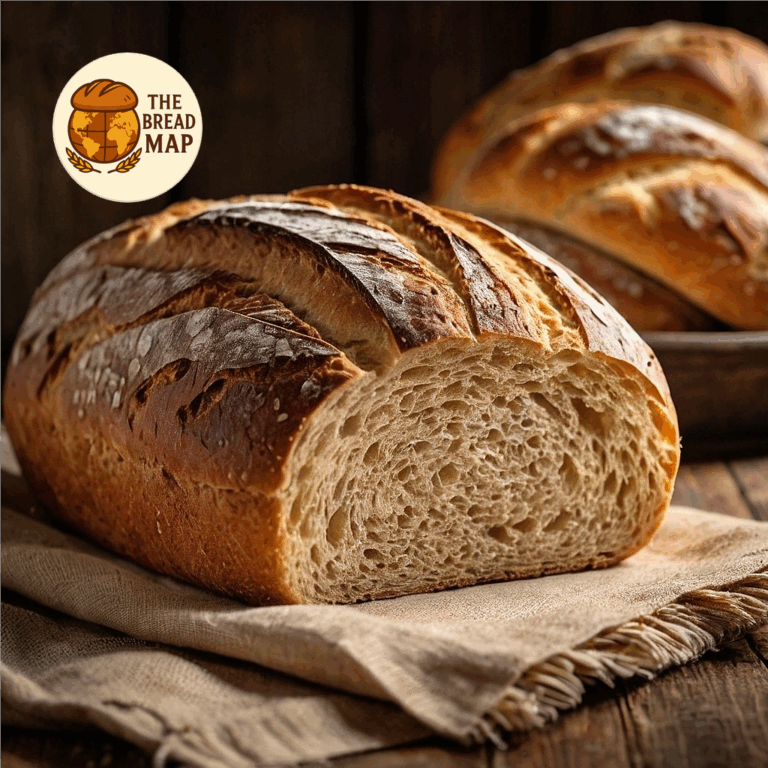
Pane di Altamura isn’t just bread—it’s an edible legacy baked under the sun-kissed skies of southern Italy. With every bite, you taste centuries of craftsmanship, deep-rooted culinary tradition, and the unmistakable terroir of Puglia. This isn’t your everyday table bread. This is a loaf that tells stories.
Historical Background
The legend of Pane di Altamura stretches back to Ancient Rome. Roman poet Horace once praised the bread of this region in the 1st century BC, citing its superior quality and flavor. For locals, baking Pane di Altamura has always been a communal event. In the past, families shaped their loaves at home and brought them to the village oven, each marked with a personal stamp to distinguish whose was whose.
Over the centuries, this humble yet hearty bread became a staple for shepherds and farmers, cherished not only for its rich taste but also for its long shelf life — sometimes keeping fresh for more than two weeks!
Region of Origin
Nestled in the province of Bari in Puglia, the town of Altamura gives this bread its name. It’s a place defined by rolling fields of golden durum wheat, ancient limestone towns, and enduring food traditions. The region’s warm climate and fertile soil create ideal conditions for cultivating grano duro — hard durum wheat that lends Pane di Altamura its unique structure and flavor.
In 2003, Pane di Altamura earned Europe’s DOP (Denominazione di Origine Protetta) status, ensuring it’s authentically produced within a designated zone using specific ingredients and traditional methods. Only bread made in Altamura and nearby areas, using local wheat, water, sea salt, and natural yeast, can bear the name.
Ingredients and Preparation
The beauty of Pane di Altamura lies in its simplicity. It’s crafted from just four ingredients:
- 100% durum wheat semolina
- Water (from the local aquifer)
- Natural sourdough starter (lievito madre)
- Sea salt
The process is as aged as the recipe itself:
- The dough undergoes a long fermentation, developing its characteristic tang and chew.
- It’s shaped into traditional rustic formats, including the iconic u sckuanète (“priest’s hat”).
- Finally, it’s baked in centuries-old wood-fired ovens, where the heat helps achieve that deeply caramelized crust and airy, golden interior.
Cultural Importance
To Pugliese locals, Pane di Altamura is more than a carb—it’s a cultural monument. This bread embodies resilience, community, and the Mediterranean way of life. It’s at the table at every meal, used to soak up rich tomato sauces, cradle thin shavings of pecorino, or accompany roasted vegetables and olives plucked from nearby groves.
In an age of fleeting food trends, Pane di Altamura is a reminder of enduring tradition. It isn’t just baked—it’s nourished by heritage and brought to life by generations of hands that knead, shape, and bake with devotion.
Whether you stumble upon it in a rustic bakery or bake it yourself at home, Pane di Altamura invites you to slow down, savor, and experience the timeless flavor of southern Italy.
Leave a Reply